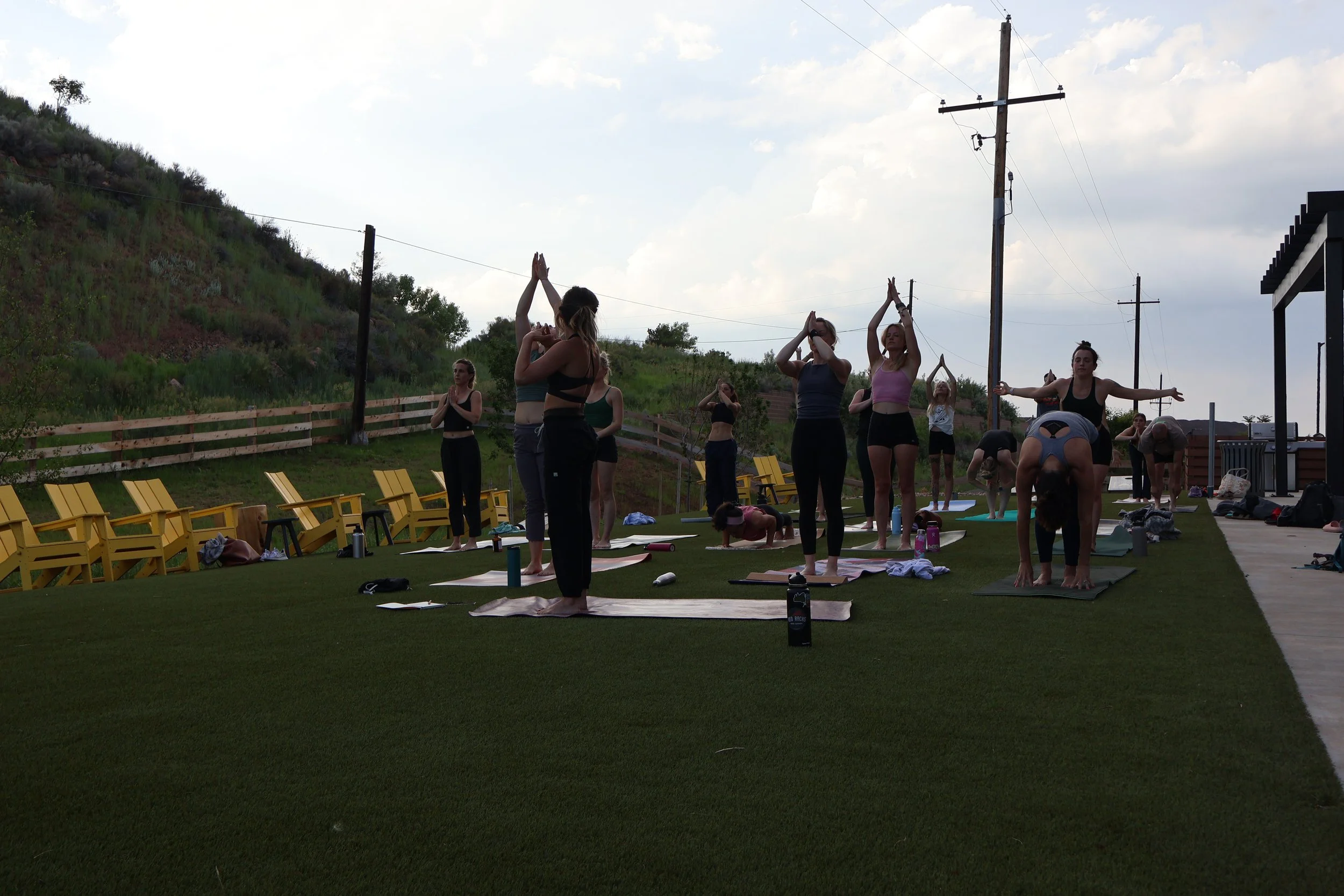Tips on How to Teach Trauma-Informed Yoga
Teaching trauma-informed yoga is honoring the traditional practice of yoga, while keeping in mind how stress hormones, life experiences, and physical limitations interact with the practice.
Here’s the truth: you will have a student in your class who is working through a traumatic event or physically healing from an injury. An even bigger truth: every single one of us will experience trauma at some point in our lives.
The practice of yoga can offer healing in so many ways, but it can also be harmful when psychological safety is not established as a baseline.
Here are 5 ways to teach trauma-informed yoga:
1. Teach the people, not the poses. Recall that yoga is a journey, and while poses are often our vehicle into body awareness - there are many more aspects to practicing yoga that we can focus on. Focus less on where your students are in each pose, and more on their developing sense of trust and self-awareness.
2. Ground the energy before you begin. Teach your students grounding tools, and open up class by lingering in a child’s pose, or seated position. Give students the time to transition into class and clearly establish the breathing pattern they can use throughout class.
3. Establish a sense of autonomy. The easiest way to establish a sense of autonomy in a yoga class is when you set the tone for the class. Let students know upfront that everything you offer is a suggestion, and focusing on their body safety and individual energy level is the most important thing.
4. Don’t be afraid to teach from your mat. If your yoga teacher training did not include a trauma-informed approach, you may have been told that you must walk around the room while you teach. Our approach is a bit different. We recommend paying attention to the students who arrive in your class. Some students can feel vulnerable when you’re walking around them in the classroom. Once rapport and trust is established, explore getting off of your mat in small sections of class to observe how your students react.
5. Use an opt-in / opt-out approach when asking for hands-on assists. Ask for permission while all students have their eyes closed or heads down. Pay attention to body language and give students multiple opportunities to decline.
The foundation of this practice is built on creating psychological safety and resilience. Teaching from a trauma-informed lens removes the competition and comparison from your yoga space. Want to know more? Have specific questions? Reach out to us on our “contact us” page.


